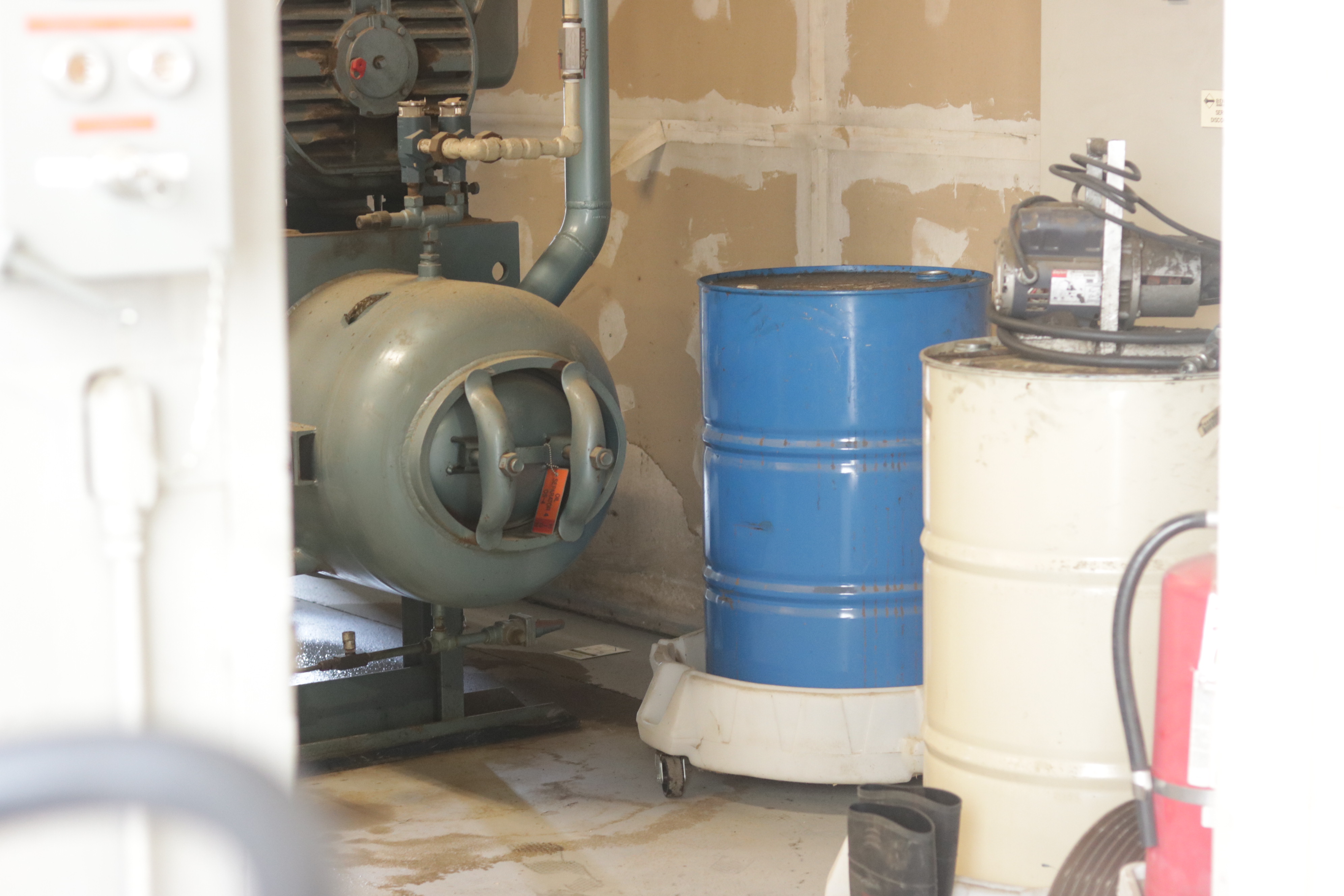Navigating New Oil Storage Rules: A Look at ANSI/IIAR 6-2025
The world of industrial refrigeration is constantly evolving, with new standards and updates emerging to improve safety and efficiency. One recent publication, ANSI/IIAR 6-2025, has introduced a change regarding the storage of oil within machinery rooms. This update impacts how facilities manage their compressor oil and highlights a temporary but important difference with an existing standard.

The New Allowance in ANSI/IIAR 6-2025
Under the new ANSI/IIAR 6-2025 standard, the storage of compressor oil in machinery rooms is now permitted under specific conditions. Section §5.6.3.5 states:
“Compressor oil is permitted to be stored in machinery rooms outside of fire rated cabinets so long as the containers or barrels do not obstruct the pathways to eyewash & safety showers and do not obstruct emergency egress routes.”
This change provides a new level of flexibility for facility operators, allowing them to keep necessary compressor oil supplies readily accessible without the requirement of a fire-rated cabinet, provided the oil does not impede critical safety paths.
Addressing the Current Contradiction
While the direction from IIAR (International Institute of All-Natural Refrigeration) is to allow this practice, facility owners and operators must be aware of a current contradiction. The older standard, ANSI/IIAR 9-2020 Addendum A, has not yet been updated to reflect this change. Section §7.3.4 of that standard states:
“Combustible materials shall not be stored in machinery rooms outside of approved fire-rated storage containers.”
This creates what could be perceived as an inconsistency between the two standards, as the new provision in ANSI/IIAR 6-2025 contrasts with the longer-standing rule in ANSI/IIAR 9-2020 Addendum A.
What to Expect Next
IIAR is moving towards a unified approach on this matter. It is expected that IIAR Standard 9 will be updated to reference Standard 6 in regard to oil storage at its next revision. This forthcoming change will remove any perceived contradiction and provide clarity for all facilities, allowing them to fully implement the new, more flexible oil storage requirements.

Leave a Reply